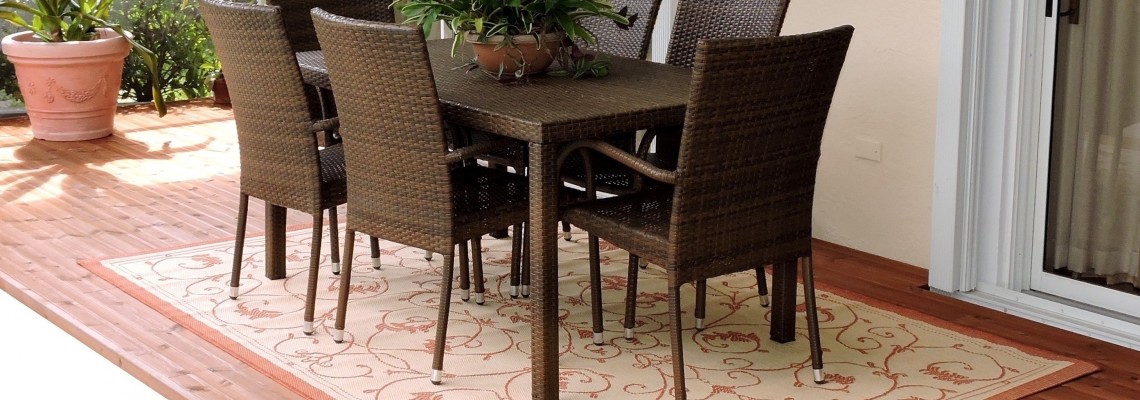
If you visited this site in the past, you will notice that our new look is a bit different. Rather than trying to update the older template, we opted to switch to a completely new platform. Our once tiny online venture has grown in leaps and bounds from the early days.Thank you for making it happen. One of the new features is this blog. The intent is to write about wood of course but with the addition of new outdoor products such as barrel saunas, the horizon of topics will probably be wider. And we invite your comments, questions and suggestions.
After adding the TherMod line of planters and benches, there have been a number of inquiries and questions around the 'what the heck is Thermal wood' theme. If you Google 'Thermally Modified Wood', you will probably discover a number of articles full of scientific data. This is not one of them. A short description of the Thermal Modification process is something like this: 1) build a kiln able to sustain extremely high temperatures 2) load lumber into the kiln, gradually increase the temperature and try not to ignite the wood (which actually happened more than once to the pioneers who developed this whole process) 3) after about 60 hours more/less all water and nutrients in the wood are gone 4) then start gradually bringing down the temperature and simultaneously add steam so that the moisture content comes back to 5-6%. And you have thermally modified wood.
Thermally Modified Wood – or TMW as it is often called – was invented in Europe some 20 years ago. Consumers were looking chemical-free alternatives for treated wood. U.S. was slow in adopting the new product and the introduction of composites competed in the same price category. At Allwood we have gradually substituted treated wood with TMW where possible. The choice was conscious but it is also commercial. We believe in the product. The product is not organic if you can not dispose it in the fireplace. TMW you can, composites and treated wood you cannot.
Another advantage of TMW is that it can also be used indoors. It is an ideal material for making barn wood styled doors. The look is rustic and the material is aprx. 30% lighter than standard kiln dried wood. Another example is sauna components. Abache – an African wood commonly used in saunas during the 70’s and 80’s is enjoying a come back. Abache is a light color wood but the thermal cycle changes it to beautiful brownish chocolate tone.


15 Comment(s)
e
1
1
Are these units weather resistant enough and warm for New England states? New Hampshire
1
1
1
1
1
1
1
1
1
1
1
e
1
1
1
1
1
1
1
1
1
1
1
1
e
1
1
1
1
1
1
1
1
e
1
1
1
1
1
1
e
1
1
e
1
e
e
e
e
e
e
i like this blog
Buy Real Twitch followers, ✅viewer and channel views for your channel! ✅We use the latest methods to safely provide your Twitch stream with live viewers and followers
Leave a Comment